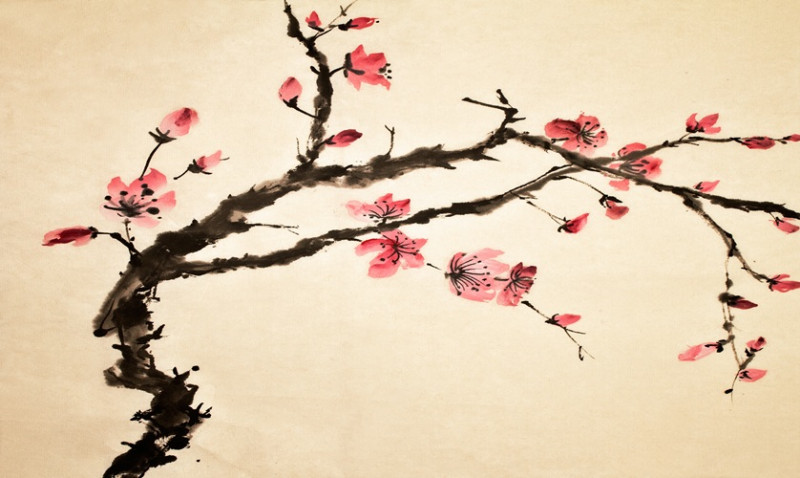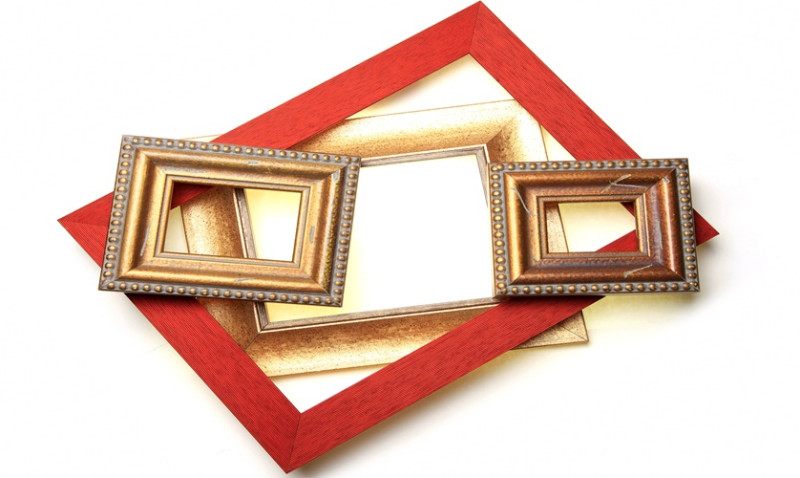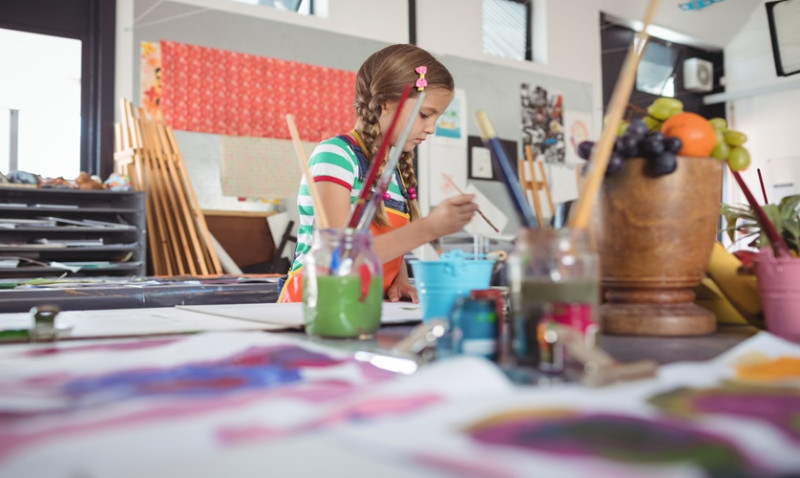
Whether you're a DIY enthusiast looking to add a personal touch to your space, a professional designer crafting bespoke interiors, or a creative tradesperson seeking custom artwork for a client’s property, knowing how to easily and effectively print your artwork can elevate any project. Art prints are a flexible and accessible way to bring your designs to life, whether you're printing digital illustrations, watercolours, or photography. In this article, we’ll explore five essential tips to help you produce high-quality art prints without the overwhelm. From choosing the right file format to selecting the ideal paper stock, we've got you covered.
1. Prepare High-Resolution Artwork Files
Before you print anything, the number one rule is to ensure your digital artwork is high resolution. Resolution directly impacts print clarity, and nothing ruins a good design faster than pixelated results. For professional-looking prints, your artwork should be at least 300 DPI (dots per inch). This guarantees crisp lines and true-to-design clarity when scaled or enlarged.
Vector files such as PDFs or SVGs are preferable for illustrations and typography-based prints, while lossless raster formats like TIFF or high-quality JPEGs work best for photographic prints. Be sure to design or export your files in CMYK colour mode since printers use Cyan, Magenta, Yellow, and Black rather than RGB (used for screens). This ensures colours come out more accurately in print.
If you're scanning hand-drawn or painted artwork, use a flatbed scanner with a minimum 300 DPI setting. Avoid taking photographs of your artwork with a phone, as even high-resolution cameras often introduce lighting inconsistencies and distortion that can ruin the final print.
Consider outsourcing your file preparation if you're unsure. Graphic designers or print professionals in the UK can correct size, colour profiles, and resolution issues to help you avoid costly reprints or subpar results.
2. Choose the Right Paper or Canvas
The texture, weight, and finish of your material dramatically affect the final appearance of your art prints. Selecting the right substrate involves considering both the type of artwork and how you plan to display it. Matte papers work beautifully with minimalist designs or typography, while satin or gloss finishes enhance colour vibrancy for photography.
For fine art pieces such as watercolours and pencil drawings, opt for heavyweight archival paper like 310gsm textured cotton rag, which adds depth and feels premium. If you’re going for a gallery-quality look, a canvas print might be the better option—especially when stretched on wooden frames for wall mounting.
Here is a quick comparison of popular printing materials:
| Material | Best For | Finish | Durability |
|---|---|---|---|
| Matte Paper | Typography, line drawings | Non-reflective | Moderate |
| Glossy Paper | Photography, rich colours | Shiny surface | Less resistant to fingerprints |
| Textured Fine Art Paper | Watercolour, pencil, ink | Textured, natural | High (+ archival quality) |
| Canvas | Oil / acrylic-style artwork | Satin or matte available | Very high |
Many UK-based printers offer sample packs of their paper options. Hiring professionals or doing a test print can help you make informed material decisions for commercial or home artworks.
3. Calibrate Your Monitor for Colour Accuracy
If you've ever printed something only to discover the colours look completely off, chances are your monitor isn't calibrated. Colour calibration ensures what you see on screen matches what gets printed. This is particularly important for designers, architects, and professionals dealing with brand colours or customer-designed interiors.
Hardware calibration tools like Datacolor Spyder or X-Rite devices connect to your screen and automatically adjust colour settings. These tools should be used monthly if you frequently work on digital artwork for print. If that's not viable, many online printers in the UK offer soft proofing services—where they send you a digital preview of how colours will print using their machines.
Try to work in rooms with consistent lighting conditions, as fluctuating daylight or harsh artificial lights can alter screen perception. If possible, use a monitor specifically built for creative professionals, which features wide colour gamut capabilities and better contrast control.
Finally, embed colour profiles (such as Adobe RGB or sRGB) correctly within your artwork files before sending them to printers. Miscommunication between your file and the printer’s software can lead to unexpected colour shifts. Always consult your chosen printer’s guidelines for their preferred profiles and formats.
4. Know When to Print at Home vs. a Professional Printer
With so many affordable printing technologies now available for home use, it’s tempting to do it all yourself. However, knowing when to outsource versus when to DIY will save you both frustration and cost in the long run. Home printing is completely viable for small-scale runs, prototypes, or if you’re experimenting with layouts and sizes.
If you're investing in prints to sell, exhibit, or give as gifts, then professional printing services are worth the spend. UK art printers such as The Print Space, Parrot Print, and Point101 specialise in giclée printing, which uses pigment-based inks and archival papers, ensuring your artwork lasts up to 100 years without fading.
Additionally, professional printing offers access to industrial printers with precise registration, large-format capabilities, and a vast range of finishes. If you’re working on interior design or architectural graphics, this quality difference is immediately visible to clients and stakeholders.
On the other hand, consider a high-quality inkjet printer designed for photo or art printing if you plan to regularly produce small prints. Models from Epson or Canon in the £200–£500 range can deliver professional-looking results at home in A4 or A3 format, perfect for testing sizes or offering exclusive editions for local markets.
5. Finishing and Framing Your Artwork
Printing is only half the process. The presentation of your print plays a huge role in its perceived value and impact, especially for those in interior design or client-facing professions. Framing, mounting, and even how a print is packaged makes a measurable difference in appeal.
Start with trimming. Always cut prints with a precision guillotine or rotary trimmer. Avoid using scissors or hand tools unless you're aiming for a rustic, DIY feel. Consider leaving a white border around the image—this not only prevents image cropping during framing but also gives the artwork space to "breathe."
For added sophistication, mount prints on foam core or acid-free backing boards. If you're offering artwork for sale in a retail space or Etsy-style platform, include a protective sleeve and a Certificate of Authenticity, especially for limited-run pieces.
When selecting frames, choose styles that complement the artwork and the intended décor. Scandinavian prints, for example, pair beautifully with minimalist oak or black frames, while classic landscapes shine in ornate mouldings. Reputable UK framing services such as eFrame or Picture Frames Express offer custom framing with nationwide delivery options.
Don't forget hanging hardware—especially if you’re installing the prints yourself or providing them to clients. Strong D-rings, tension wire, or command strips all have their uses depending on wall surface and frame weight. Make sure the finished display is as sturdy as it is beautiful.
Final Word
Making high-quality art prints doesn't need to be complicated or expensive. With careful preparation, the right materials, and a clear vision, you can achieve gallery-worthy results whether you're decorating a new flat in Manchester, staging a showroom in London, or simply bringing life to a home office in Edinburgh.
By applying these 5 easy tips — prepping high-res files, choosing the right paper, calibrating your screen, knowing when to DIY, and framing with care — you’ll take your artwork from digital file to tangible masterpiece. From the creative hobbyist to the architectural professional, great prints are just a few smart choices away.





